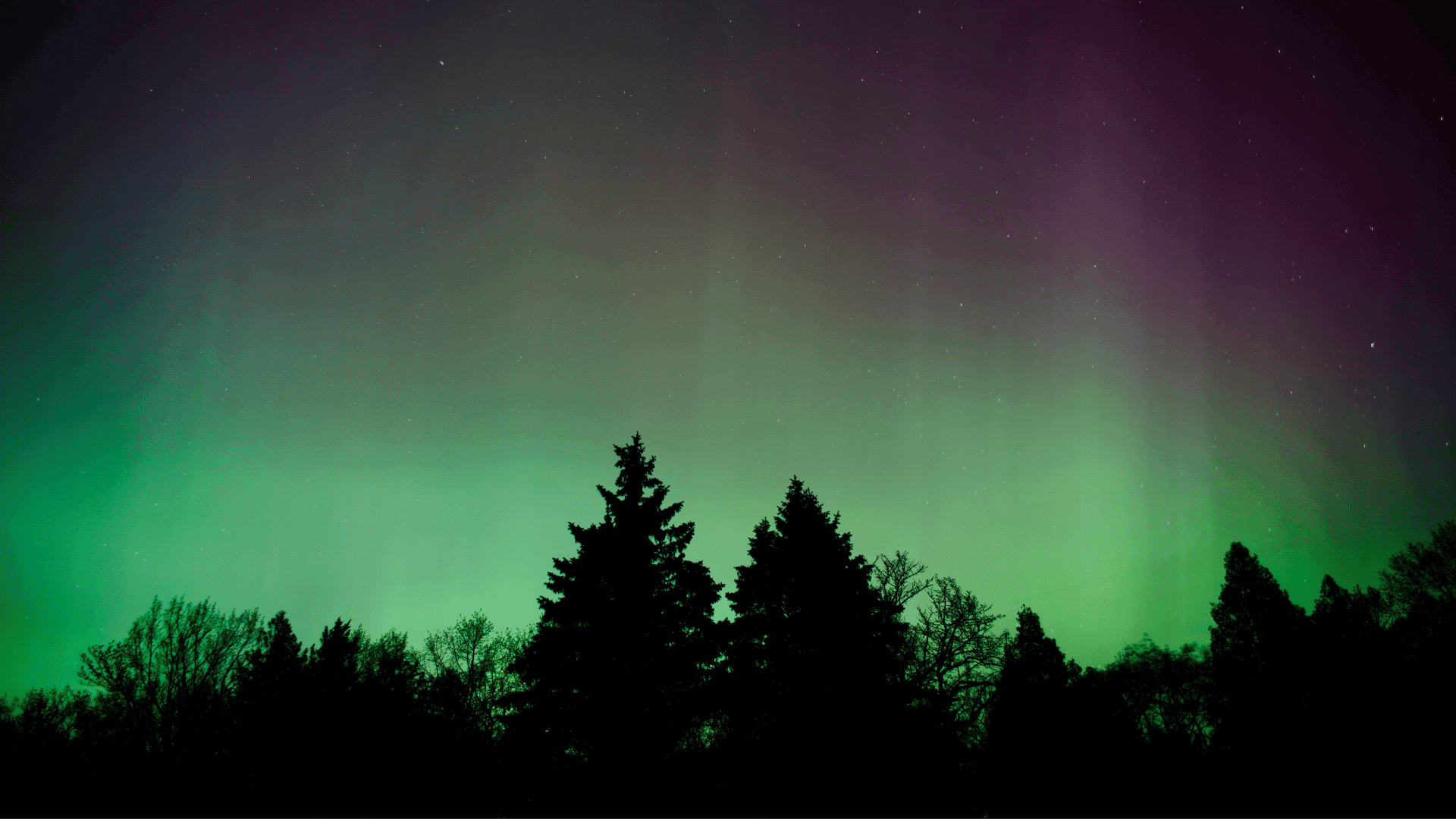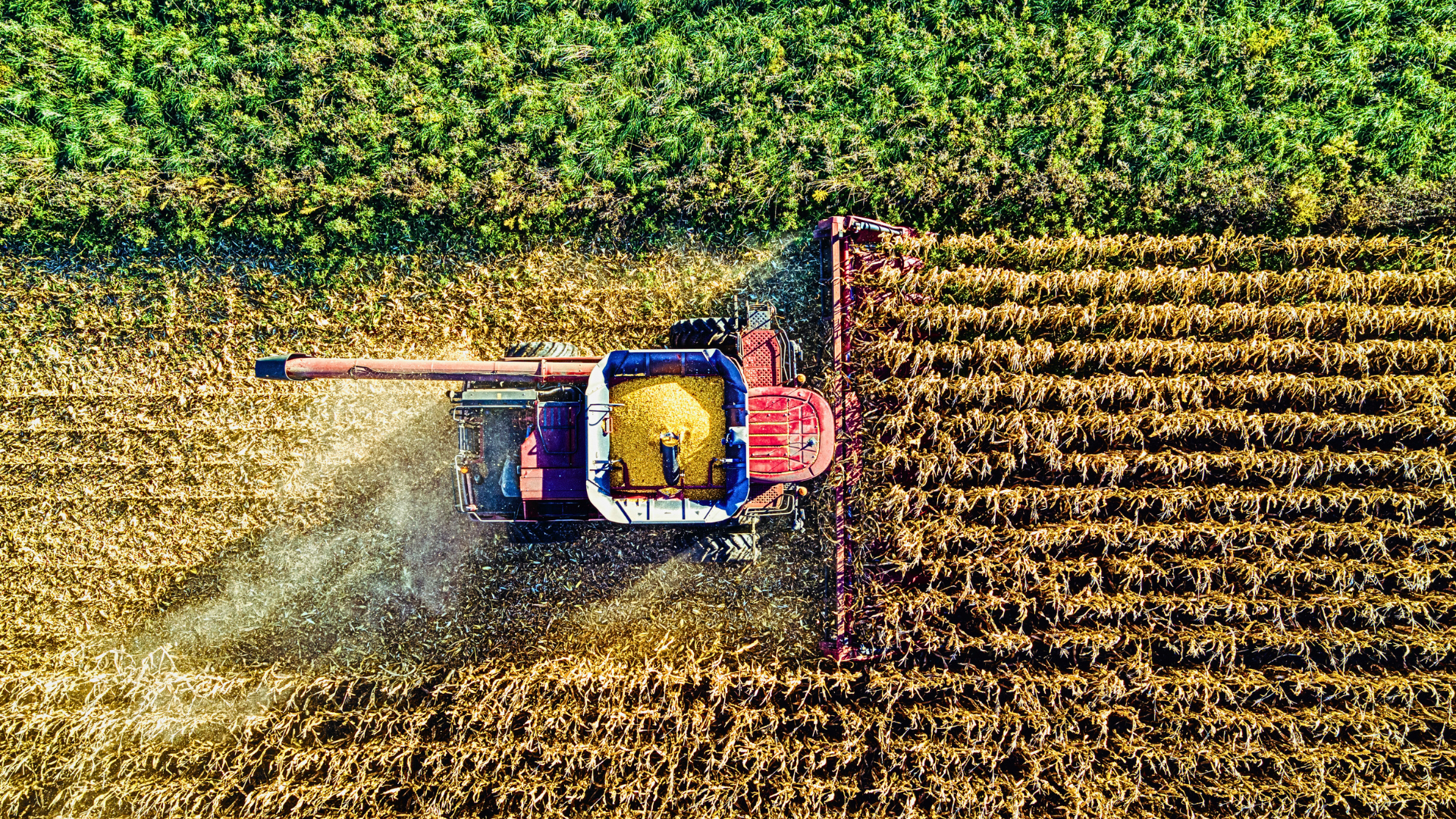Stargazers and aurora enthusiasts in the United States are in for a special light show tonight into the early hours of tomorrow morning, July 2-3. The National Oceanic and Atmospheric Administration (NOAA) Space Weather Prediction Center (SWPC) issued a minor geomagnetic storm watch. This heightens the chance of seeing the Northern Lights (Aurora Borealis) in regions south of the usual polar territory.
Spotting the Northern Lights

The Northern Lights display results from a Coronal Mass Ejection (CME) that erupted from the Sun on June 28. When the charged particles from the Sun interact with Earth’s magnetic field, it can trigger a geomagnetic storm, causing vibrant light displays in the sky.
According to NOAA SWPC’s 3-Day Forecast, the geomagnetic activity is expected to be as high as 5.33 periodically tonight. NOAA declared it a G1 geomagnetic storm, which is minor. However, it is significant enough to push the aurora’s visibility to lower latitudes.
“A G1 (Minor) geomagnetic storm watch has been issued for 02-03 Jul (UTC day) due to the arrival of a CME that left the Sun on 28 June,” the alert states. The Aurora Borealis may stretch across a broad area of the United States. Areas with the best chances to see the aurora are Alaska, Montana, North Dakota, Minnesota, Wisconsin, Michigan’s Upper Peninsula, Maine, Vermont, New Hampshire, Idaho, Washington, and parts of New York.
The SWPC alert adds, “Aurora may be visible at high latitudes, i.e., northern tier of the U.S., such as northern Michigan and Maine.”
For the enthusiasts eager to catch a glimpse, viewing conditions are crucial. Like any stargazing event, it’s important to find a location far from city lights or light pollution. Additionally, ensure that the area is unobstructed so that you can view the northern horizon. While the Northern Lights can appear anytime, the darkest hours offer the best visibility. This is typically around 2 a.m. local time.
The summer means shorter and brighter nights. However, the current forecast shows a promising window to witness the natural phenomenon.







